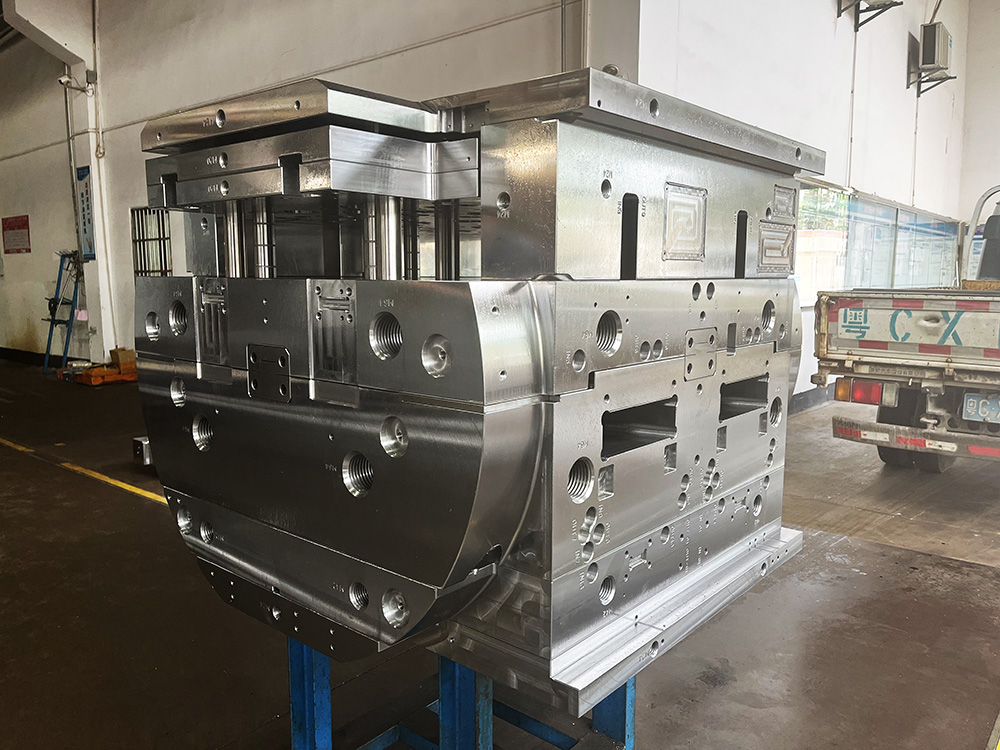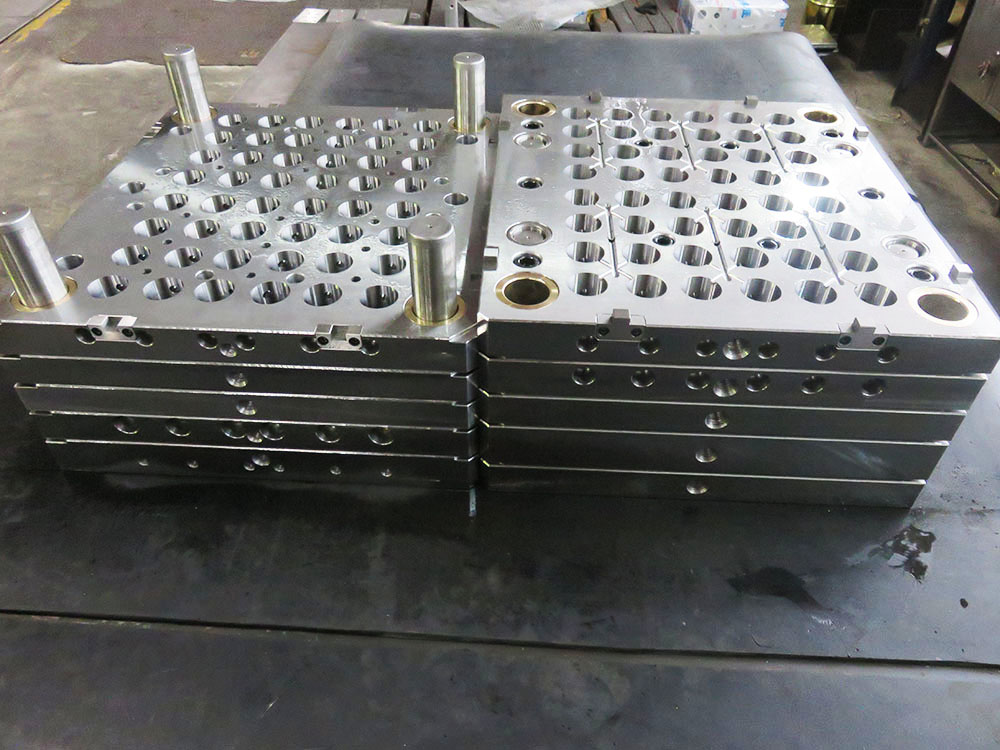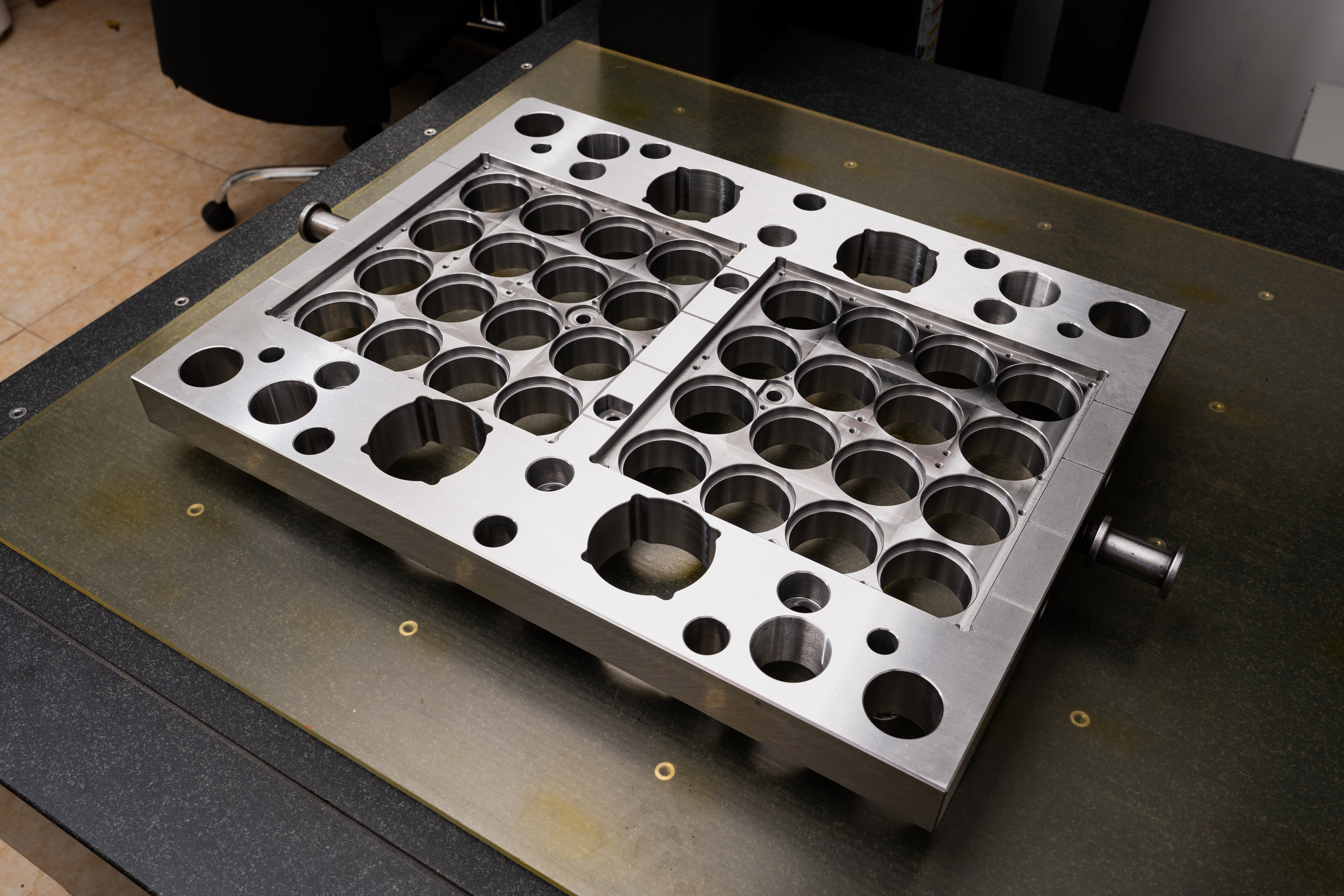Tips for Stylishly Matching Sliding Blocks in Your Mold Base Models
Mold base plays a crucial role in the molding process as it provides a solid foundation for holding and aligning the various components of a mold. One important component of a mold base is the sliding block, which allows for easy ejection of the molded part. In this article, we will discuss some tips for stylishly matching sliding blocks in your mold base models to achieve optimal performance and aesthetics.
1. Consider the function and requirements
Before selecting and designing the sliding blocks for your mold base, it is essential to clearly understand the function and requirements of the mold. Determine the type of part being molded, the expected production volume, and any specific ejection or sliding requirements. This information will guide you in selecting the appropriate sliding blocks.
2. Choose the right material
The material choice for your sliding blocks is crucial for both performance and aesthetics. Consider the wear resistance, dimensional stability, and friction properties of different materials. Common options include steel, aluminum, and plastic. Steel is a popular choice due to its high strength and durability, while aluminum offers lightweight advantages. Plastic sliding blocks are often used in low-temperature applications or where reduced noise is desired.
3. Optimize the sliding block design
A well-designed sliding block will ensure smooth sliding and minimize the risk of damage to the mold and the molded part. Consider the following design aspects:
- Geometry: The shape and size of the sliding block should allow for easy sliding and sufficient contact area with the mold part. A curved or tapered shape can help reduce friction during ejection.
- Guiding features: Incorporate guiding features such as guide pins or matching holes to ensure proper alignment and prevent lateral movement of the sliding block.
- Lubrication: Consider the need for lubrication channels or grooves in the sliding block design to reduce friction and facilitate smooth sliding.
4. Pay attention to aesthetics
Aesthetics should not be overlooked when designing your mold base models. Sliding blocks can be visible in the final product, especially in transparent or clear moldings. Consider color matching options or integrating the sliding blocks into the overall mold design to enhance the visual appeal of the final product.
5. Test and validate the design
Before finalizing your mold base design, it is essential to test and validate the functionality of the sliding blocks. Use computer simulations or physical prototypes to ensure smooth sliding, proper alignment, and optimal performance of the mold. Validate the design against the specific requirements and adjust as needed.
Conclusion
The design and selection of sliding blocks in your mold base models can greatly influence the performance and aesthetics of the mold. By considering the function and requirements, choosing the right materials, optimizing the design, paying attention to aesthetics, and thoroughly testing the design, you can stylishly match the sliding blocks in your mold base models for superior mold performance and visually appealing products.




